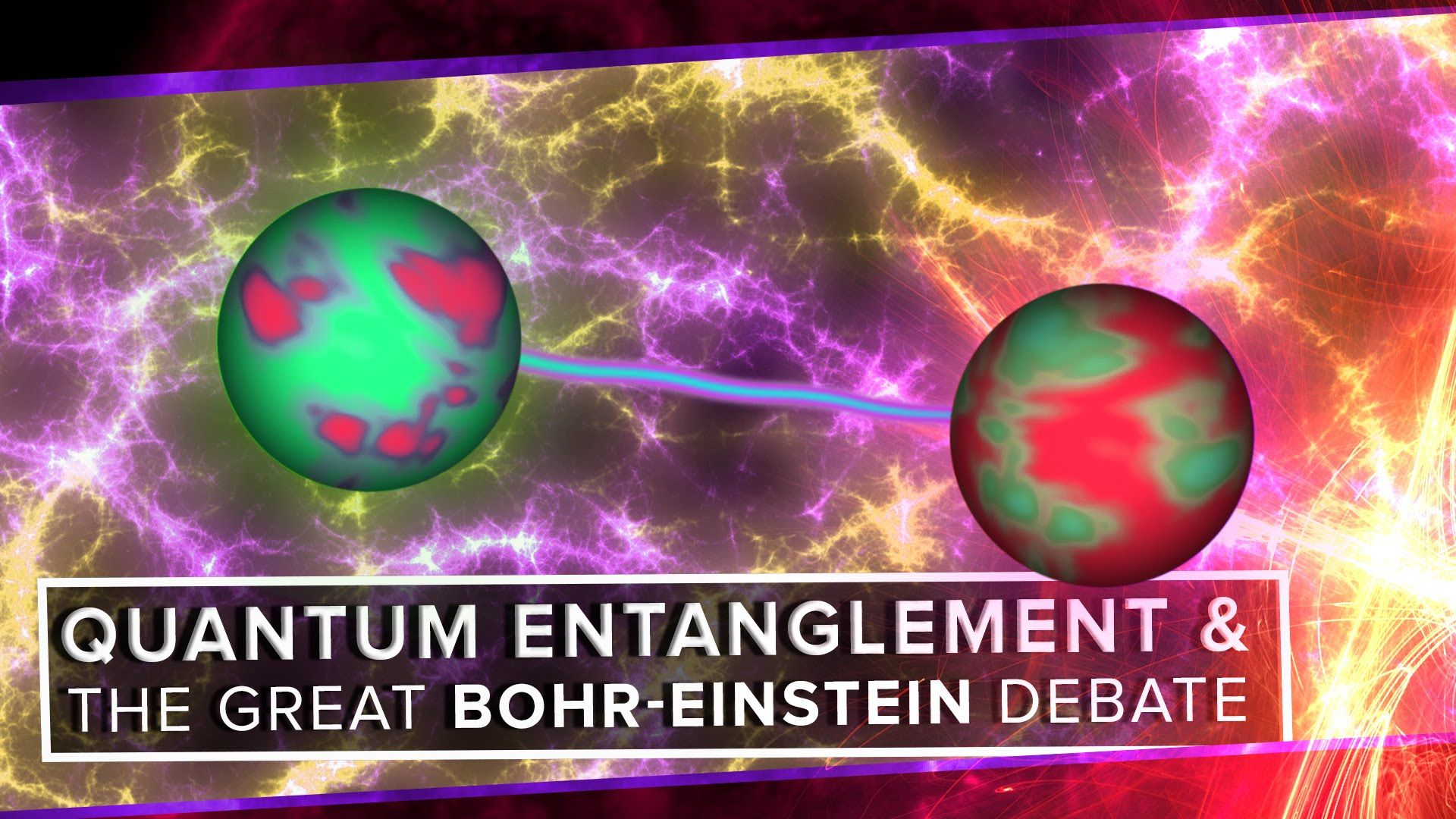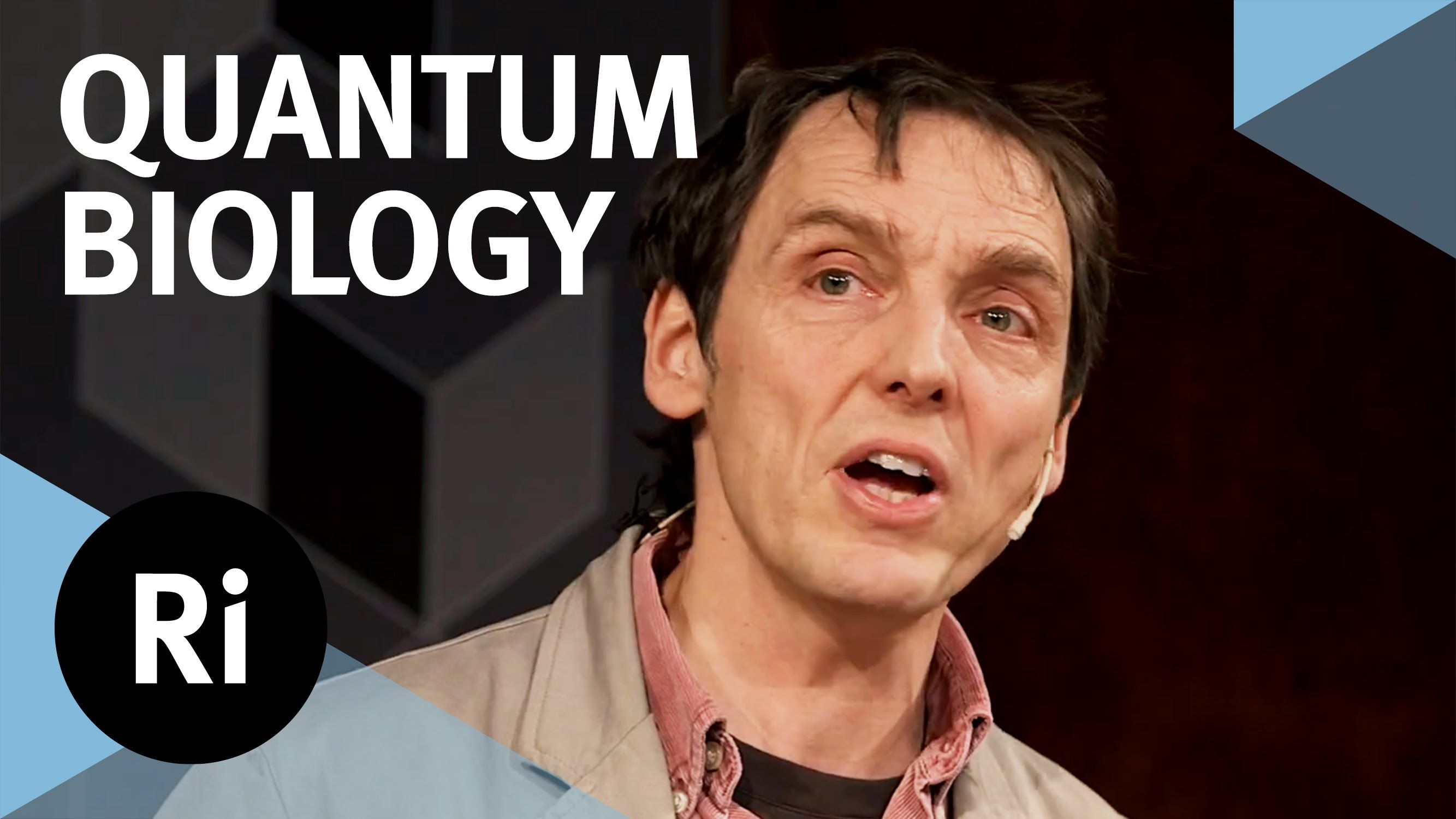Archive for the ‘quantum physics’ category: Page 697
Feb 8, 2017
MIT Scientists: Cosmos Aligns to Show “Einstein Out of Whack” With Quantum Reality (VIDEO)
Posted by Karen Hurst in categories: particle physics, quantum physics

Nice read & video illustration.
Quantum entanglement may appear to be closer to science fiction than anything in our physical reality. But according to the laws of quantum mechanics — a branch of physics that describes the world at the scale of atoms and subatomic particles — quantum entanglement, which Einstein once skeptically viewed as “spooky action at a distance,” is, in fact, real.
Feb 8, 2017
Experiment Reaffirms Quantum Weirdness
Posted by Karen Hurst in categories: particle physics, quantum physics
Quantum’s natural selection explored.
There might be no getting around what Albert Einstein called “spooky action at a distance.” With an experiment described today in Physical Review Letters — a feat that involved harnessing starlight to control measurements of particles shot between buildings in Vienna — some of the world’s leading cosmologists and quantum physicists are closing the door on an intriguing alternative to “quantum entanglement.”
“Technically, this experiment is truly impressive,” said Nicolas Gisin, a quantum physicist at the University of Geneva who has studied this loophole around entanglement.
Feb 8, 2017
Measuring Time Without a Clock
Posted by Karen Hurst in categories: particle physics, quantum physics
When light shines on certain materials, it causes them to emit electrons. This is called “photoemission” and it was discovered by Albert Einstein in 1905, winning him the Nobel Prize. But only in the last few years, with advancements in laser technology, have scientists been able to approach the incredibly short timescales of photoemission. Researchers at EPFL have now determined a delay of one billionth of one billionth of a second in photoemission by measuring the spin of photoemitted electrons without the need of ultrashort laser pulses. The discovery is published in Physical Review Letters.
Photoemission
Photoemission has proven to be an important phenomenon, forming a platform for cutting-edge spectroscopy techniques that allow scientists to study the properties of electrons in a solid. One such property is spin, an intrinsic quantum property of particles that makes them look like as if they were rotating around their axis. The degree to which this axis is aligned towards a particular direction is referred to as spin polarization, which is what gives some materials, like iron, magnetic properties.
Feb 8, 2017
Large groups of photons on demand — an equivalent of photonic ‘integrated circuit’
Posted by Karen Hurst in categories: computing, quantum physics
Our story on QC just keeps advancing as I cannot wait to see this technology on our smart devices.
Holographic atomic memory, invented and constructed by physicists from the Faculty of Physics at the University of Warsaw, is the first device able to generate single photons on demand in groups of several dozen or more. The device, successfully demonstrated in practice, overcomes one of the fundamental obstacles towards the construction of some type of quantum computer.
Completely secure, high-speed quantum communication, or even a model of quantum computer, may be among the possible applications for the new source of single photons recently built at the Faculty of Physics at the University of Warsaw (UW Physics), Poland. An unprecedented feature of this new device is that for the first time it enables the on-demand production of a precisely controlled group of photons, as opposed to just a single one.
Feb 7, 2017
Microsoft helps science, open sources their cloud-based tool for biological research
Posted by Karen Hurst in categories: biotech/medical, computing, quantum physics, science
Off to the races again; hope folks are onboard. Quantum Bio will grow in importance; and you were warned.
Microsoft today announced that they have open sourced Bio Model Analyzer, a cloud-based tool which allows for biologists to model cell interaction and communication. This latest move is one of the many Microsoft Research initiatives which aims to help lab experts use computer science to speed up breakthroughs in cancer research and treatment.
According to the post, the Bio Model Analzyer (BMA) allows for researchers and science to compare the normal processes of healthy cells to the abnormal processes that occur when disease infects the body. Set against more traditional methods, when using computers, researchers can quickly explore many more possibilities than were previously possible. Jasmin Fisher, a Senior researcher in the programming principles and tools group in Microsoft’s Cambridge, U.K explains in the post:
Feb 7, 2017
Quantum Biology: An Introduction
Posted by Karen Hurst in categories: biological, quantum physics

As Geordie Rose was to QC; Jim Al-Khalili is to Quantum Biology. QC and QB will together make a new advance quantum tech world complete as both are needed to advance both the foundation(infrastructure) and the products and services we love and rely on.
What is quantum biology? Philip Ball explains how strange quantum effects take place in the messy world of biology, and how these are behind familiar biological phenomena such as smell, enzymes and bird’s migration.
Subscribe for regular science videos: http://bit.ly/RiSubscRibe
Feb 7, 2017
Bohr’s quantum theory revised
Posted by Karen Hurst in categories: education, information science, quantum physics
Bohr’s atomic model was utterly revolutionary when it was presented in 1913 but, although it is still taught in schools, it became obsolete decades ago. However, its creator also developed a much wider-ranging and less known quantum theory, the principles of which changed over time. Researchers at the University of Barcelona have now analysed the development in the Danish physicist’s thought — a real example of how scientific theories are shaped.
Most schools still teach the atomic model, in which electrons orbit around the nucleus like the planets do around the sun. The model was proposed more than a century ago by Danish physicist Niels Bohr based on Rutherford’s first model, the principles of classical mechanics and emerging ideas about ‘quantisation’ (equations to apply initial quantum hypotheses to classical physical systems) advanced by Max Planck and Albert Einstein.
As Blai Pié i Valls, a physicist at the University of Barcelona, explains: “Bohr published his model in 1913 and, although it was revolutionary, it was a proposal that did little to explain highly varied experimental results, so between 1918 and 1923 he established a much more wide-ranging, well-informed theory which incorporated his previous model.”
Feb 7, 2017
Starlight test shows quantum world has been weird for 600 years
Posted by Karen Hurst in category: quantum physics
Unknown physics that could undermine quantum theory has been ruled out in a measurement guided by starlight emitted at least six centuries ago.
Feb 7, 2017
Quantum Entanglement May Be Key To Long Distance Space Travel – Ex Lockheed Exec Said It’s Already Happening
Posted by Karen Hurst in categories: particle physics, quantum physics, space travel

Surprised it took this long for this article to surface.
Quantum and travel.














